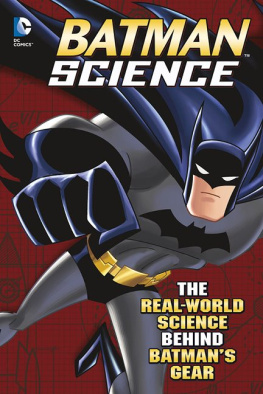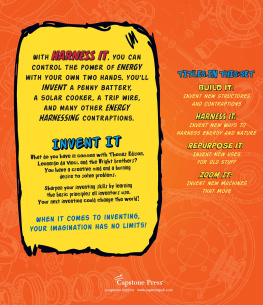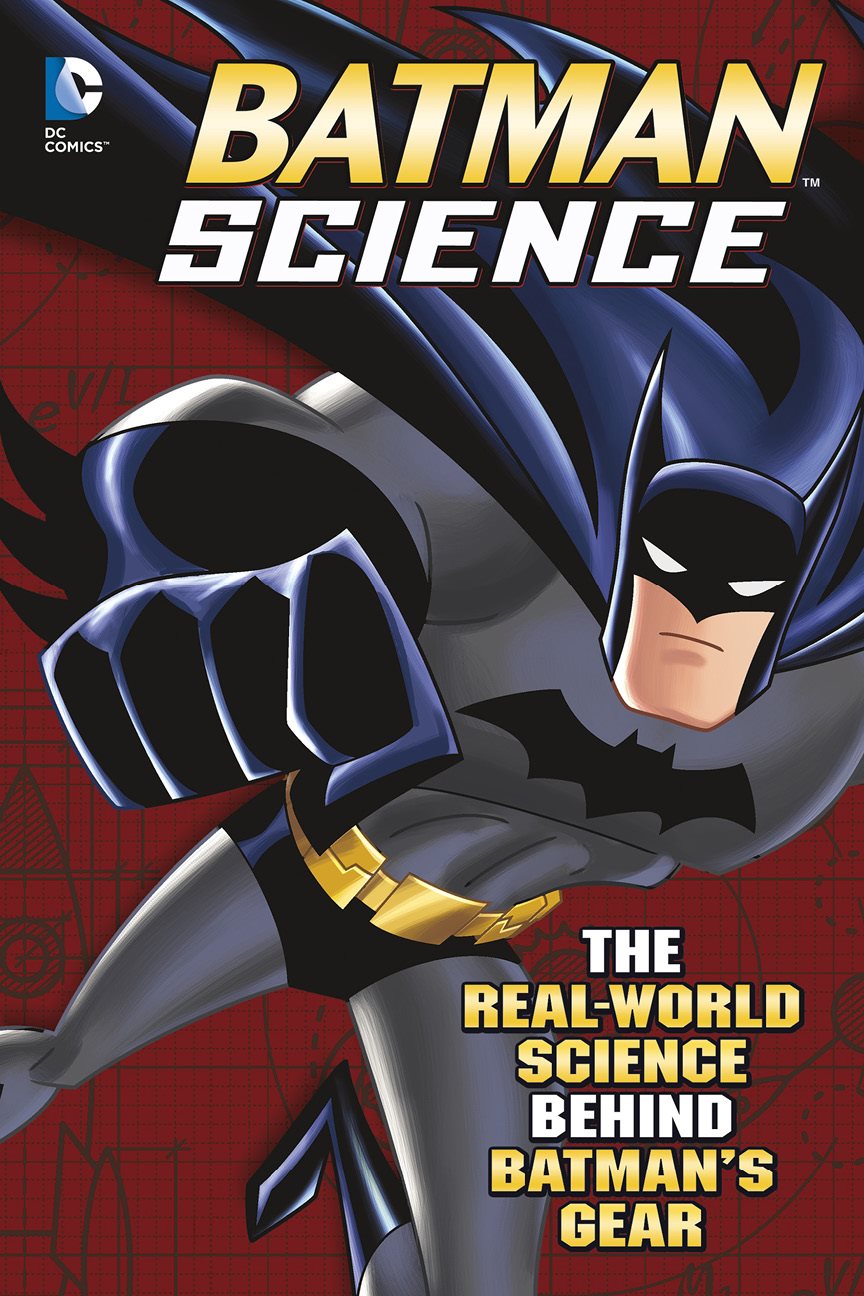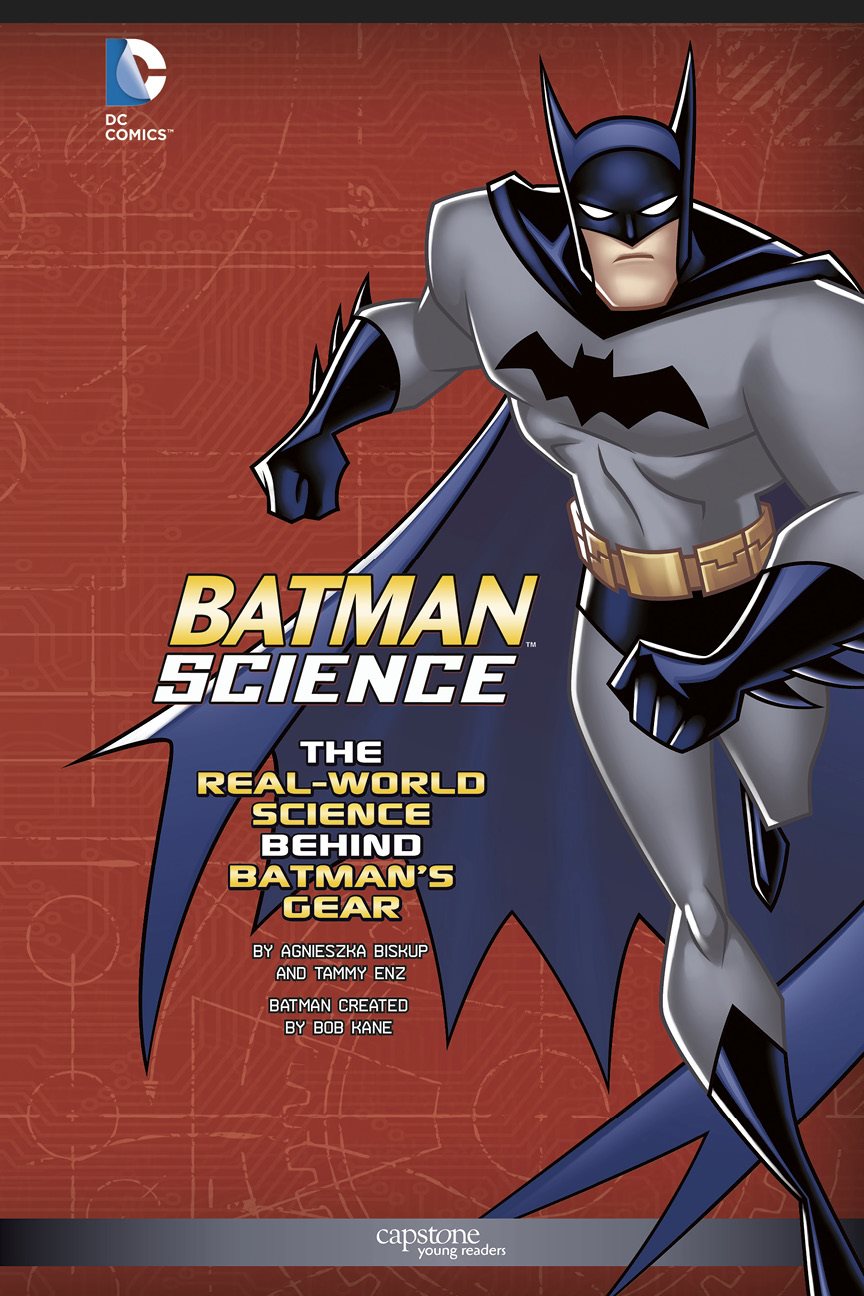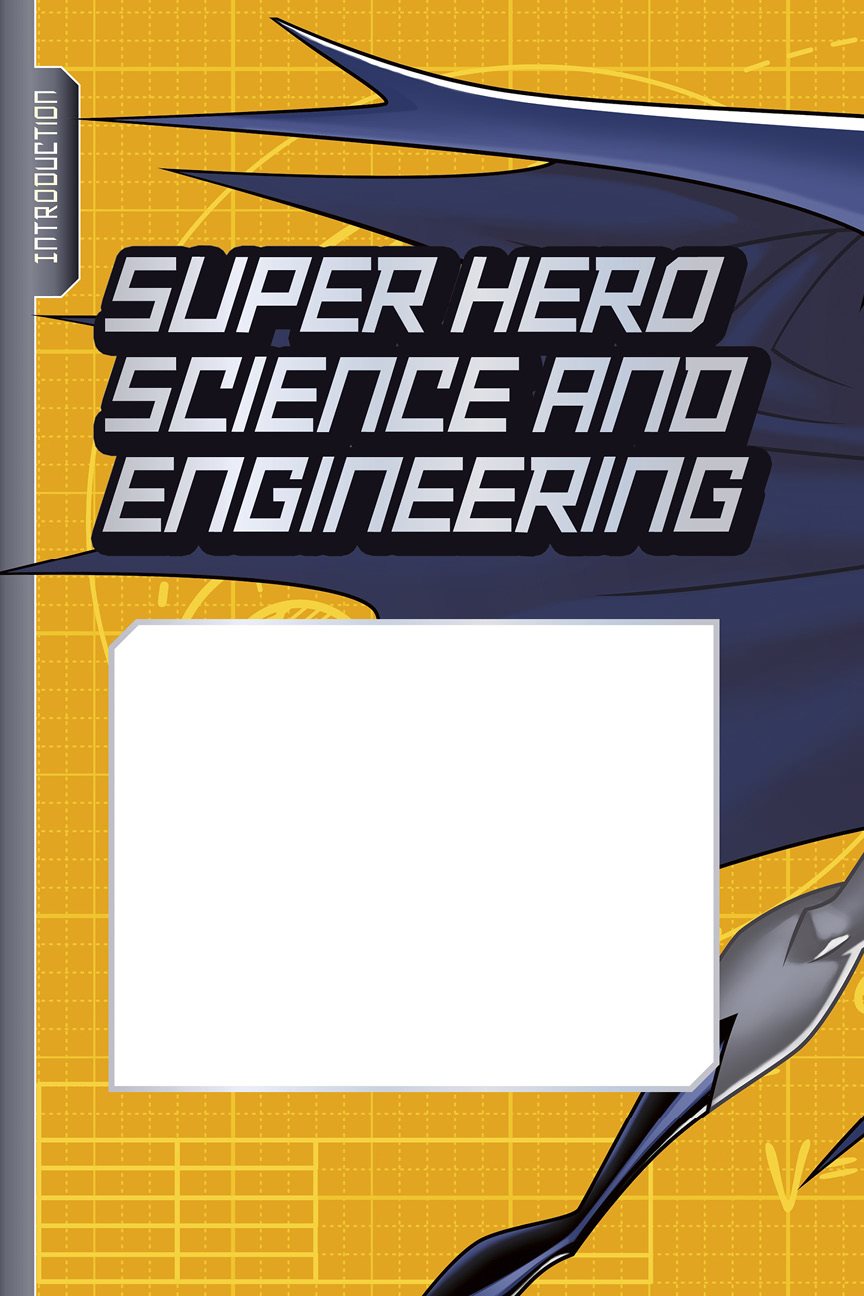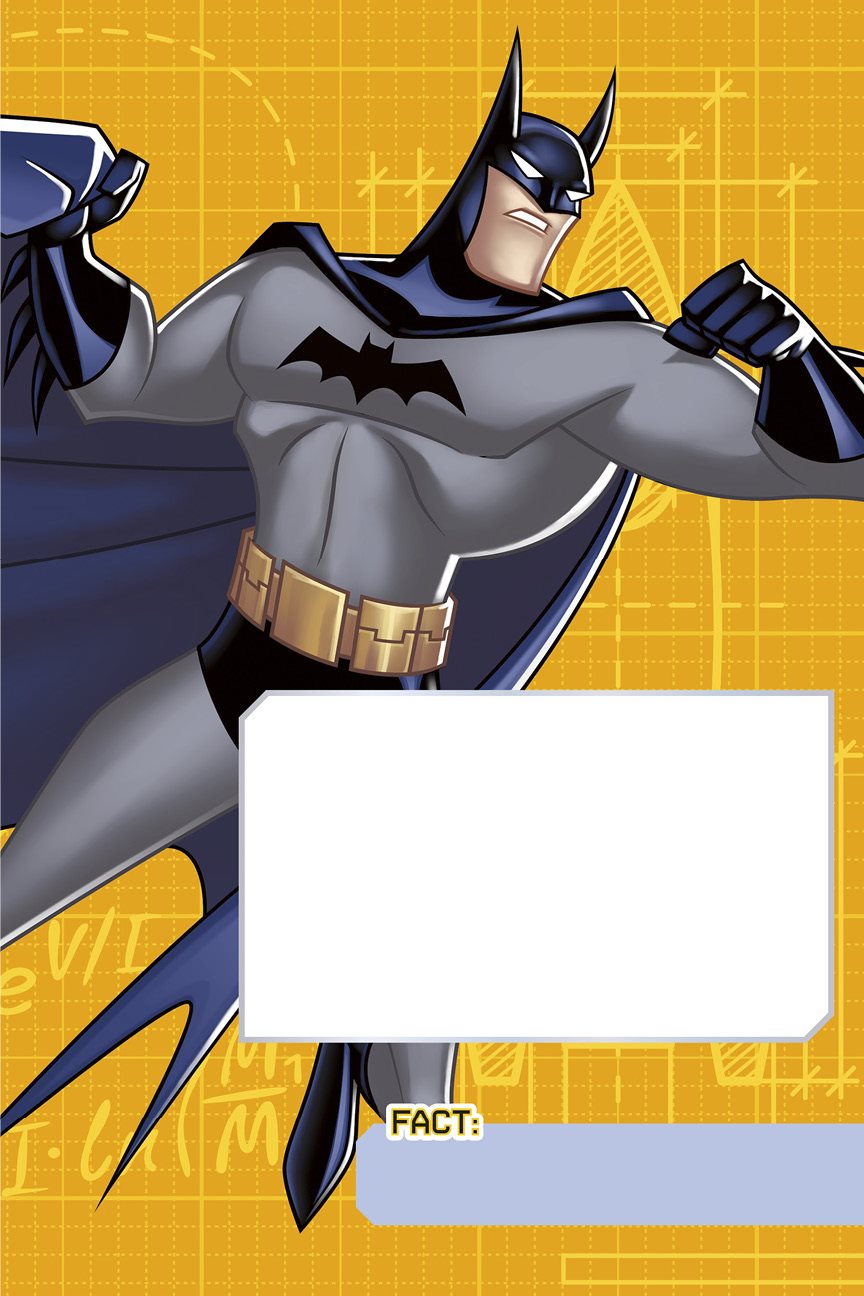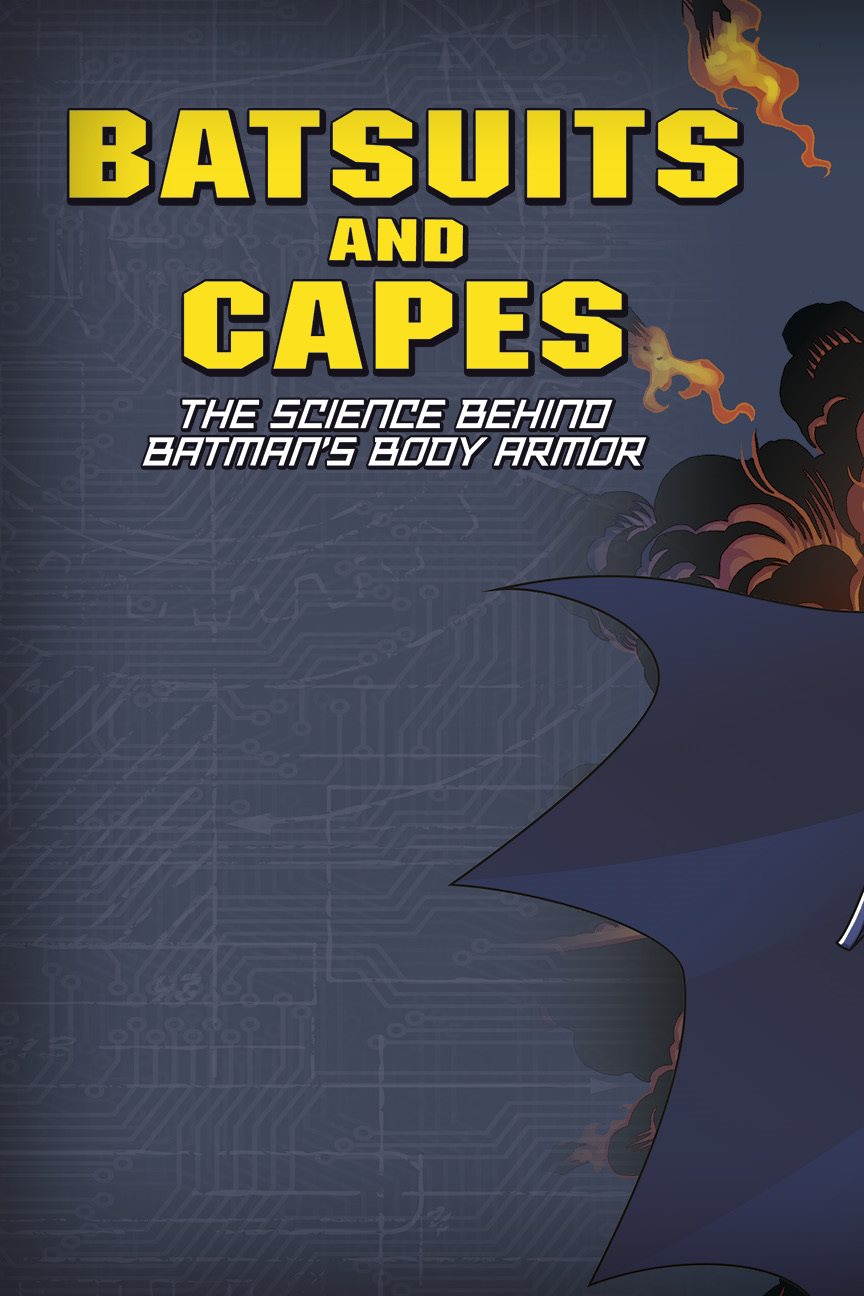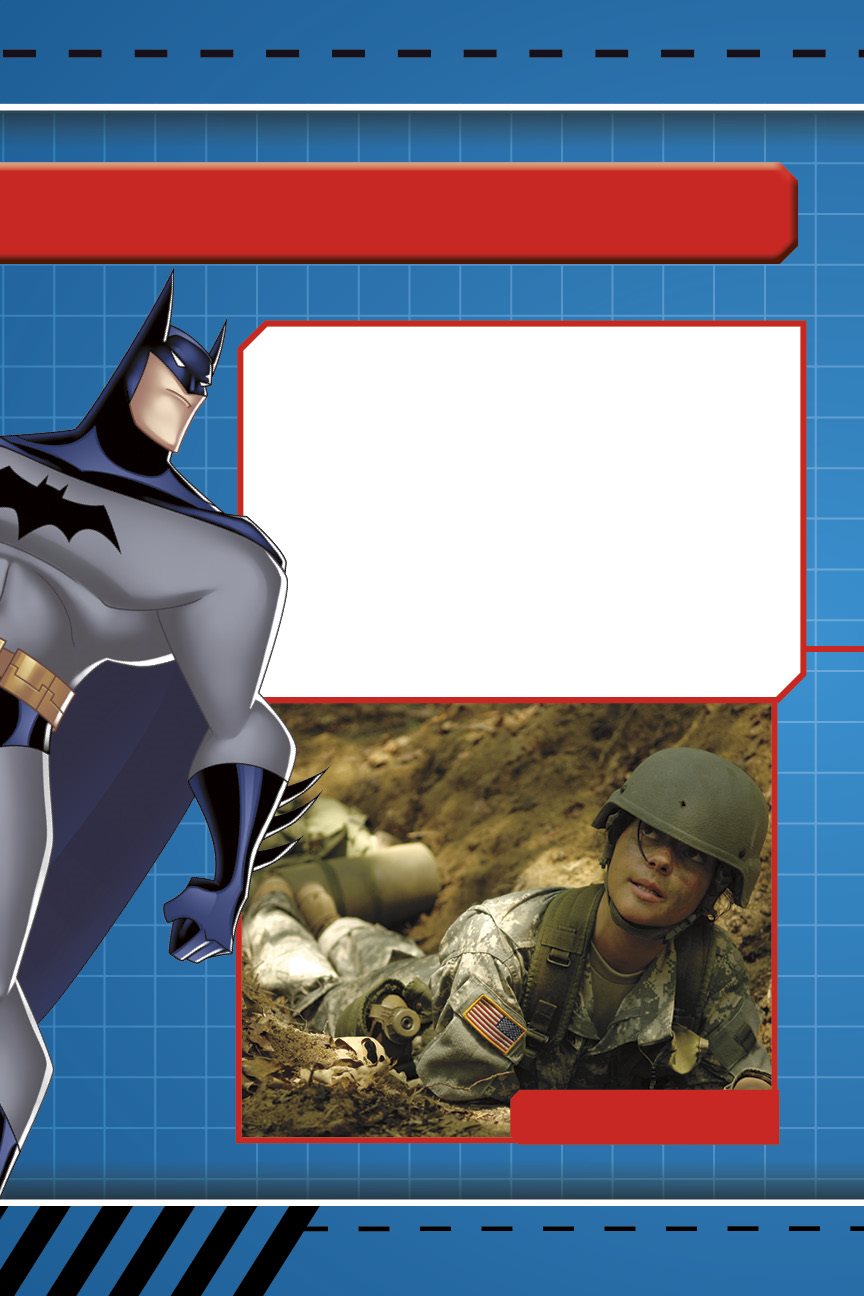Published by Capstone Young Readers, a Capstone Imprint
1710 Roe Crest Drive, North Mankato, Minnesota 56003
www.capstonepub.com
Copyright 2014 DC Comics
BATMAN and all related characters and elements are trademarks of and DC Comics.
(s14) STAR31641
No part of this publication may be reproduced in whole or in part, or stored in a retrieval system,
or transmitted in any form or by any means, electronic, mechanical, photocopying, recording, or
otherwise, without written permission.
Library of Congress Cataloging-in-Publication Data
Enz, Tammy.
Batman science : the real-world science behind Batmans gear / by Tammy Enz and Agnieszka Biskup;
Batman created by Bob Kane.
pages cm
Includes bibliographical references and index.
Summary: Explores the real-world science and engineering connections to the features of Batmans Batsuit, Utility Belt, road vehicles, and aircraftProvided by publisher.
ISBN 978-1-62370-064-5 (paperback) ISBN 978-1-62370-675-3 (ebook)
1. TechnologyJuvenile literature. 2. InventionsJuvenile literature. 3. Crime preventionTechnological innovationsJuvenile literature. 4. Batman (Fictitious character)Juvenile literature. 5. Batman (Comic strip)Juvenile literature. I.
Biskup, Agnieszka. II. Title.
T48.E545 2014
600dc23
2013028330
Editorial Credits
Christopher L. Harbo, editor; Veronica Scott, designer; Kathy McColley, production specialist
Photo Credits
Alamy: A. T. Willett,
Design Elements: Shutterstock: BiterBig, ClickHere, Jason Winter
TABLE
OF
CONTENTS
INTRODUCTION
Chapter 1
Batsuits and Capes:
The Science Behind
Batmans Body Armor
Section 1
Section 2
Section 3
Section 4
Chapter 2
Batarangs and grapnels:
The Science Behind
Batmans Utility Belt
Section 1
section 2
Section 3
Section 4
Chapter 3
Batmobiles and Batcycles:
The engineEring Behind
Batmans Vehicles
Section 1
Section 2
Section 3
Section 4
Section 5
Chapter 4
Batplanes and Batcopters:
The engineEring Behind
Batmans wings
Section 1
Section 2
Section 3
Section 4
Section 5
Super heroes have battled crime in comic books and on
the big screen for decades. While many of these heroes have
amazing strength and incredible powers, Batman is a little
different. Hes not an alien from another planet. He doesnt
wear magic rings or see through walls with X-ray vision.
Under his suit and cape, the Dark Knight is a regular human
being. Hes Bruce Wayne of Gotham City.
But what Bruce lacks in superpowers, he easily makes
up for with brains and brawn. As Batman, he relies on
science and engineering to gain an advantage over his
enemies. With his state-of-the-art suit, belt, and vehicles,
Batman takes on Gotham Citys criminal underworld with
dazzling technology. From Batarangs to Batmobiles, the
Caped Crusader stands ready for anything.
With all of this stunning technology, questions remain.
Do Batmans gadgets and vehicles have any connection
to the real world? Do grapnel guns, body armor, and
rocket-boosted cars really exist? You betand the
real-world connections stretch further than youve ever
imagined. From wingsuits to stealth fighter jets to police
duty belts, real-life connections abound. Batman may fight
evil in a fictional world, but much of his gear is rooted
in reality. Need proof? Get ready to see the real-world
science and engineering behind the Dark Knight.
Batman made his first appearance
in Detective Comics #27 in 1939.
Section
1
Batsuit Basics
To fight crime on the mean streets of Gotham City, you need
body armor. For Batman, the layers and pieces of his Batsuit are
the key to staying safe. His skintight suit may look thin, but it
offers more protection than meets the eye.
Dressing in Layers
Staying warm and dry is as important in our world as
it is in Batmans. Have you ever been told to wear lots of
layers to stay warm? Thats because multiple layers trap
warm air in between them.
When it comes to bodysuits like Batmans, layers are
important as well. For instance, divers wear snug, flexible
wetsuits to keep warm in cold water. Wetsuits are also made
of multiple layers. Some even have a thin metal lining to
help reflect body heat. But most important, wetsuits have
a layer of synthetic rubber called neoprene.
Neoprene is loaded with tiny
nitrogen gas bubbles. The bubbles
help stop heat from leaving
your body, making neoprene
a good insulator. Neoprene is
also physically tough. It resists
tearing from flexing and twisting.
Neoprene is a great material to
use if you move like a super hero.
A Navy diver wears a neoprene
wetsuit to stay warm in the water.
Suited for Space
Layered bodysuits offer protection
all over our worldand even beyond.
Astronauts gear up in amazing
suits to survive in outer space. On
spacewalks in sunlight, their suits
shield them from temperatures hotter
than boiling water. In the darkness their
suits withstand temperatures that can
drop to minus 250 degrees Fahrenheit
(minus 157 degrees Celsius). Brrrr!
Hiding in the Shadows
As Batman keeps an eye on Gotham Citys criminals,
he doesnt want to be seen himself. Its no accident that
his Batsuit uses mostly black and blue colors. The dark
colors help him blend into the shadows.
In the real world, people use camouflage to
avoid being seen. Camouflage, or camo, is coloring or
covering that makes people, animals, or objects look
like their surroundings. Soldiers wear different
types of camo depending on where they are

